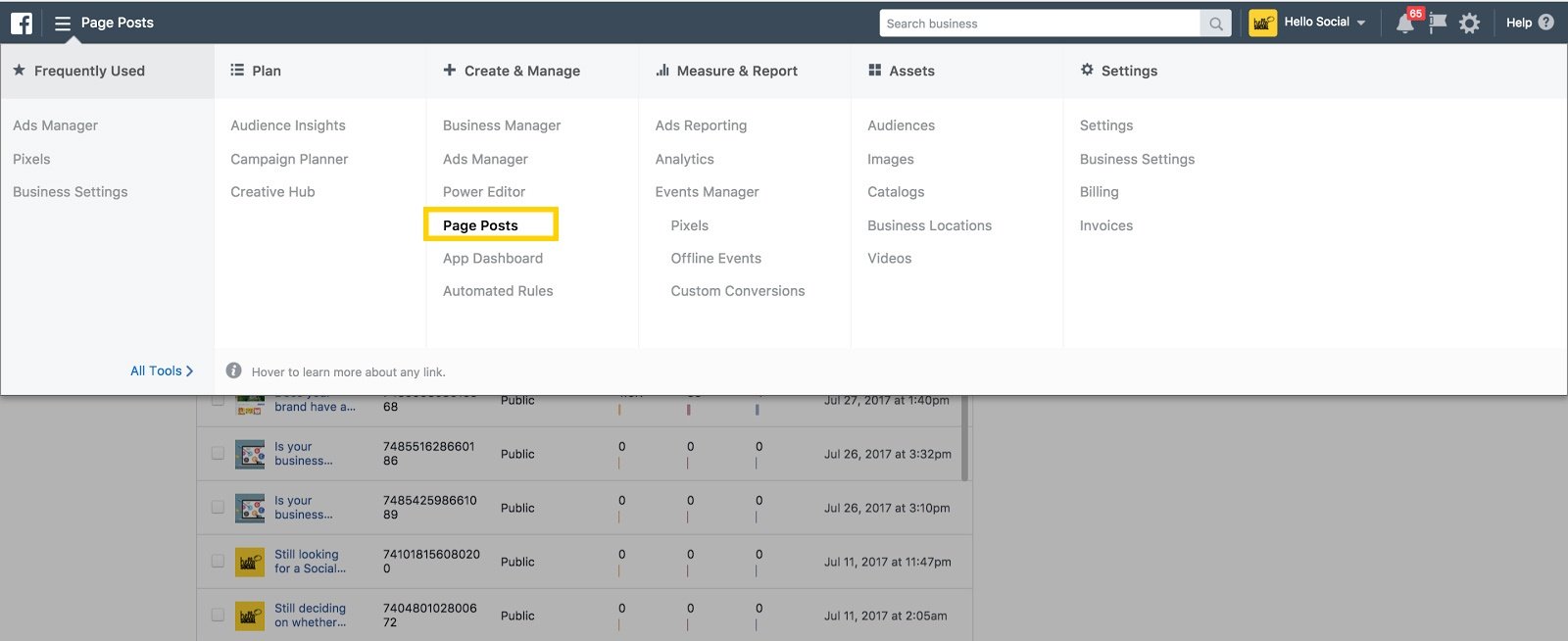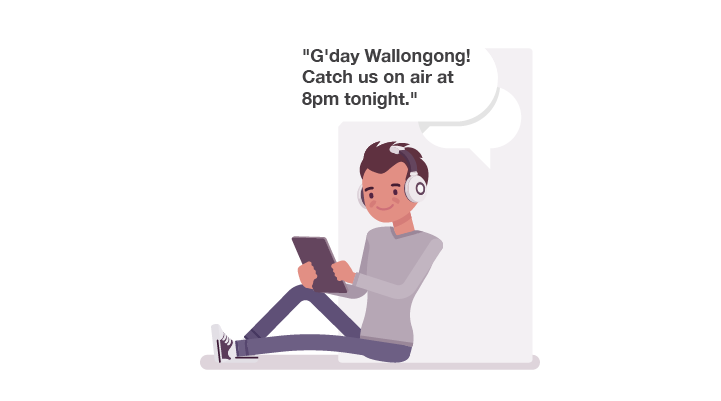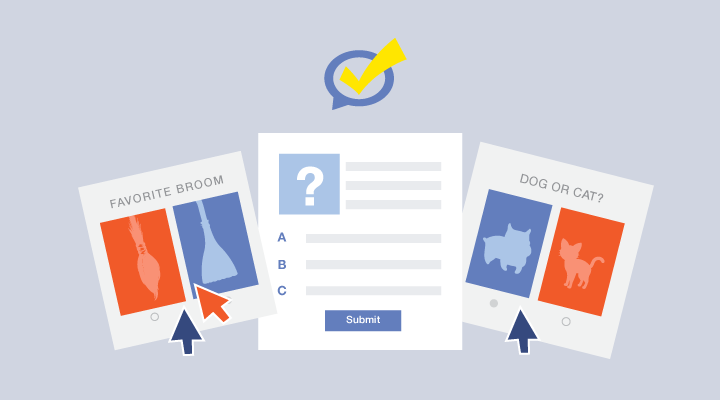The Malevolent Art of Facebook Dark Posting & Why You Should be Doing It
Find out how to use Facebook dark posts (aka. unpublished posts, or ads posts. Dark posts can be a great part of your facebook advertising strategy. Read more.
Pull on your black lycra, and buckle up your utility belt because we’re going on a special ops mission into the dubious underworld of Facebook dark posts.
Although they might sound like a Metal Gear Solid code name, dark posts are actually not that mysterious at all. In fact, partly because of the name itself this relatively benign, and quite useful feature has taken some flack in the press as part of the whole fake news debacle, potentially even causing Facebook to officially rename dark posts first as simply unpublished posts, and now yet again as ads posts.
Formerly with the Power Editor, which has now been integrated into the all powerful Facebook Ad Manager, and now with the Page Posts section of business manager it is possible to create news feed posts that look organic, in a variety of formats and promote to different audiences without ever showing up on your company page.
There are lots of reasons why this is a handy tool for marketers, and in this article we’re going to give you a few practical examples of how to use dark posts (or unpublished posts) effectively to grow your brand, increase sales and engagement on social media.
How to Create a Dark Post
In addition to the below tutorial, we’ve created a short video that takes you through the essential steps required to create a dark post. You can either check out the video, or follow the written steps and screenshots, or if you are more interested in some effective strategies, skip to the next section.
Before you can create your ads post, dark post or whatever you want to call it, you need to sign into your Facebook Business Manager or Ad Manager account.
Once logged in, use the top left hamburger menu and select Page Posts from the Create & Manage column.

From this page you should select the Ads Posts option on the left side. This is where you can see the publishing status of all your promoted content. Next click on Create Post.
From the popup you can create your post as normal, adding links, videos, images and tagging other pages. There’s also the additional option to add a CTA button for sponsored posts if you would like the link post format.

Creating your post is pretty straight forward, but the ad manager also provides two additional options.
In the “How do you want to use this post?” section, to create a dark post you should select the “Only use this post for an ad” option which ensures that your content will not be published on your brand’s page.
The other option is a little ambiguously worded. If you select “Use this post for an ad. It will also be published to the Page later.” then your post will also receive organic reach and later be visible on your page. However, it also gives you additional options to target your content at specific regions or languages, so that you can limit its distribution.

Either way, once your unpublished page post has been created, it will be available in the Ad Manager to promote when you select “Use Existing Post” after having set up your campaign and ad set.

So now you have created your hidden content, what should you do with it?
5 Useful Dark Posting Strategies
Well, you are going to have to promote it. These posts do not appear on your Page or in your fans’ newsfeed or activity stream, unless someone they know has already interacted with it. Without the organic reach, you are effectively in complete control of the flow of traffic hitting your content, and can decide exactly which segments of your audience are served your post. This limitation makes dark posting ideal for testing purposes, and clever targeting.
Locally Targeted Content

I ran a campaign recently for an internationally renowned musician airing a new radio show which was syndicated by stations in over 20 different countries. Using dark posts we were able to give listeners the heads-up in their time zone when the show was about to hit the airwaves, with a nice personalised message in their local language.
Announcing a local radio show for listeners in Turkey is not so interesting for fans back home in Australia, so dark posting was a great way to keep updates from the page relevant and customised for the local fans.
Another great use case is for retailers wanting to clear stock from specific stores. If your cosy Newtown cafe accidentally baked an extra batch of deliciously buttery, and extremely trendy matcha and golden pineapple cronuts, you can run a dark post in the local area to clear out the stock, without having to cut the price at your other locations.

Split Testing Creatives
Got an important campaign coming up that you need to make a big impact with? Dark posting allows you to discretely test creatives on specific segments of your audience before deciding which messaging is best to roll out in a broader reach campaign.
This can be a great way to prototype for other more expensive marketing channels, such as planning for a television camp
aign, in which significant production costs can be incurred with no option to edit the finished product once live.
Interest Targeting for Different Audience Segments

Most savvy marketers will take a look at their audience from time to time, and break it down into segments. If you have created customer profiles, and are using these to inform your content strategy, you can tailor different promotions or messages to each customer group using dark posting.
For example, if you were running a summer sale at your clothing e-commerce store, you might have a specific offer for fluorescent raveware for 20 something fans of Skrillex , formal shoes for the older gentleman that enjoys the sultry sounds of John Coltrane and a fine bottle of traditional scotch whiskey, and a special on stretchy sports pants for the wellness freaks and yoga monsters.
To go a step further, the real power of dark posting is that it allows you to test different interest targeting within each audience segment, so that you can work out if your “Classy 40 – 60 Year Old” customers prefer Miles Davis or John Coltrane.
Hire New Staff on Facebook

Take the ability to target content to specific regions, control interest targeting, and throw the ability to target specific job titles into the mix and you have a pretty potent tool for head hunting talent on social media.
If you’re looking to attract some of the top staff in your local area, without bothering all your fans with the guts of your HR strategy, you can use dark posts to publish engaging content to attract the cream of the crop that’s targeted at those already working in the field.
Why not get even more devious and create a few remarketing dark posts that target those that visited your careers page with articles and testimonials from existing staff highlighting how awesome it is to work at your brand.
Get Better Quality Customer Feedback

Offering up your new product for testing purposes can leave your hammered with request from cheapskate freeloaders just looking to grab anything for nothing.
Whether you are beta testing a new app, offering out free samples, or simply just running polls, dark posting allows you to collect useful research data from segments of the general public, without the data being diluted by groups outside of your target audience.
Common Dark Posting Mistakes
Unpublished posts are pretty flexible, and most brands will be able to use at least one of the above applications. However, dark posting is not always the best option, and picking your moment can be the difference between a rocket ship and a sinking ship.
Before you turn over to the dark side, ask yourself these questions to avoid some common pitfalls:
Will my budget be enough for statistically significant results?
If you are planning to use dark posting for A/B testing purposes, you should bare in mind that getting actionable results out of these tests can get pretty pricey. If your budget is limited, you must also limit the scope of your test, having less variations, and testing within an already pretty targeted segment.
Don’t kick off your campaign with an ad set of 20 variations sharing a lifetime budget of $50. If your CPC is $0.50 then that’s going to equate to 5 clicks maximum on each creative. Whatever conversion action takes place, the result is going to be insignificant and could send you optimising in the complete wrong direction.
To measure the statistical significance of your results, you can bother your brain with some mathematics, or just use this handy online calculator from website split testing tool Visual Website Optimizer.
Dark posting to test organic content for social media is something that’s done by multinational companies with big budgets. It can be a valuable tool also for smaller businesses, but save your spend for when you really need it. As mentioned earlier, testing messaging for a TV ad would be a good example, while testing for your next Instagram post is most likely not worth it.
Am I Looking After My Existing Fans?
Brands often get caught up in the acquisition of new fans without taking decent care of the community they already have. Creating a sense of unity through your organic page posts is a great way to increase fan engagement, bringing people together from different walks of life, all united in their love for you!
Don’t get too caught up in microtargeting every piece of content, as only writing market-led and goal-oriented social media posts can come off as far too “salesy” and even a bit robotic. While users maybe delighted to receive the occasional tailored promotion or post, they also don’t like to feel manipulated or stalked.
Make sure you strike a balance with lots of fun, engaging and useful content posted organically to bring people together.
Can I Afford to Flush the Comments & Likes?
Unpublished posts remain exactly that… unpublished! If you sponsor a piece of content that receives hundred of likes and comments, it will still not appeal on your Facebook page, which can sometimes deprive your brand of social proof.
A post with a healthy hoard of likes, and active stream of comments, will seem far more inviting than the likeless love child of your A/B test.
Plus, if your audience is small, chances are a good chunk of your target demographic have already had the chance to interact with your dark post, and may well be less enthusiastic about giving your ego a stroke for the second time when you roll out your winning creative.
Don’t be put off by the above points, just take them into account when planning your campaign. Asking yourself those simple questions will help you to plan your campaigns so that you get the best value out of your ad spend.
Do you use dark posting as part of your social media strategy? Let us know your unique approach to the humble dark post by leaving a comment here or on our Facebook page.







